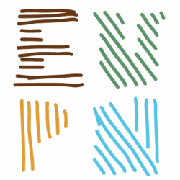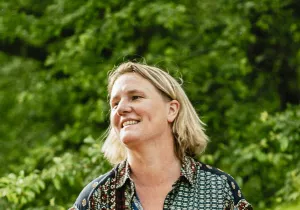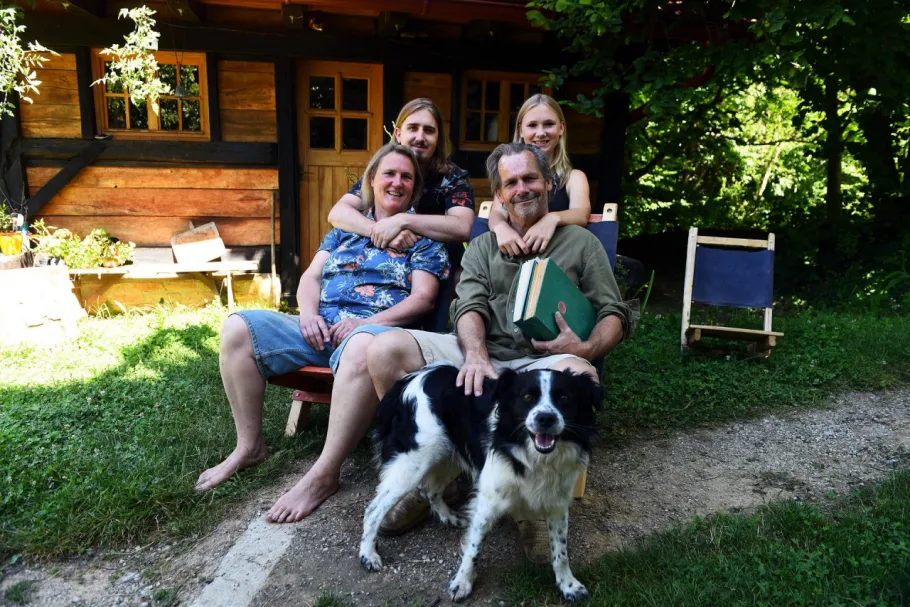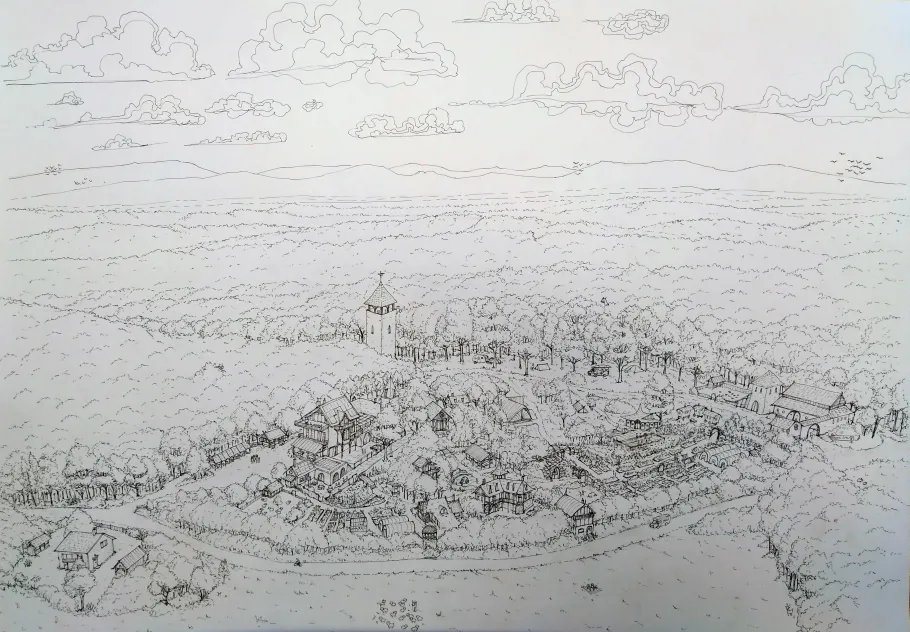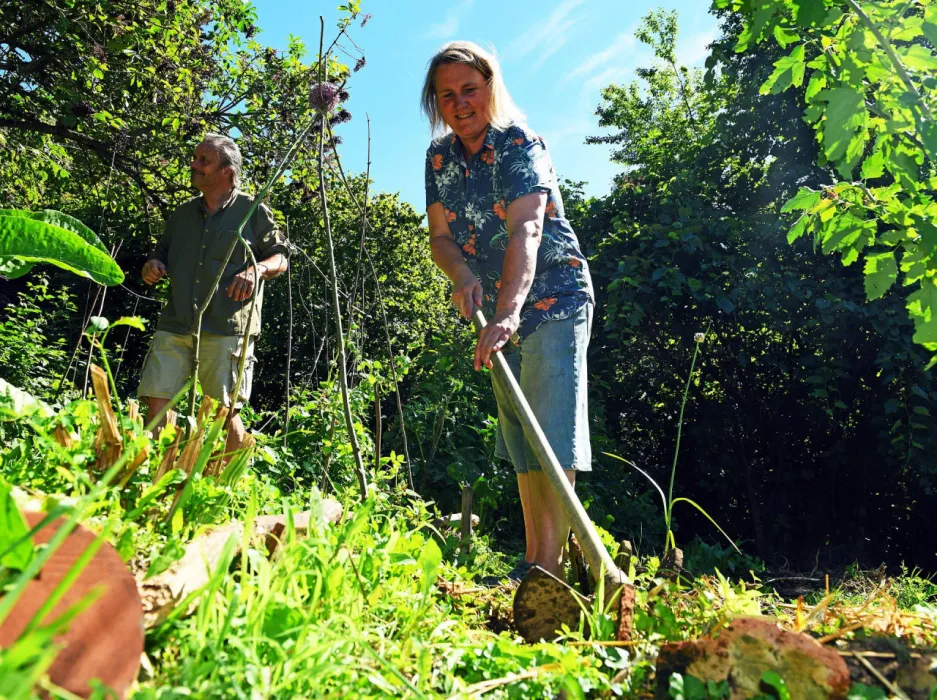
While I run the first peer review for the EuPN PermaHub I had the chance to talk with Barbara Scheltus. I had the opportunity to listen to her journey into sustainable living and permaculture.
Barbara, who has a profound passion for fermentation, shared her journey into the realm of permaculture, emphasizing the transformative impact it had on her life.
The Discovery of Permaculture
Barbara's journey began with a moment of revelation similar to discovering the internet. For her, hearing about permaculture for the first time was a mind-blowing experience. Introduced to the concept by a Croatian acquaintance Armano Jeričević, she was captivated by the idea of sustainable and self-sufficient living. This initial exposure led her to delve deeper into the subject, consuming books, documentaries, and other resources to gain a comprehensive understanding.
Foraging and Urban Gardening
Living in the city centre of Leiden in the Netherlands, Barbara began her practical exploration of permaculture through urban foraging. She started a blog to document her experiences, long before urban foraging became trendy. Her efforts highlight the cyclical nature of cultural trends and the increasing popularity of sustainable practices in recent years. Barbara observes how platforms like TikTok and Facebook are now filled with people showcasing foraging, gardening, and other sustainable living skills.
